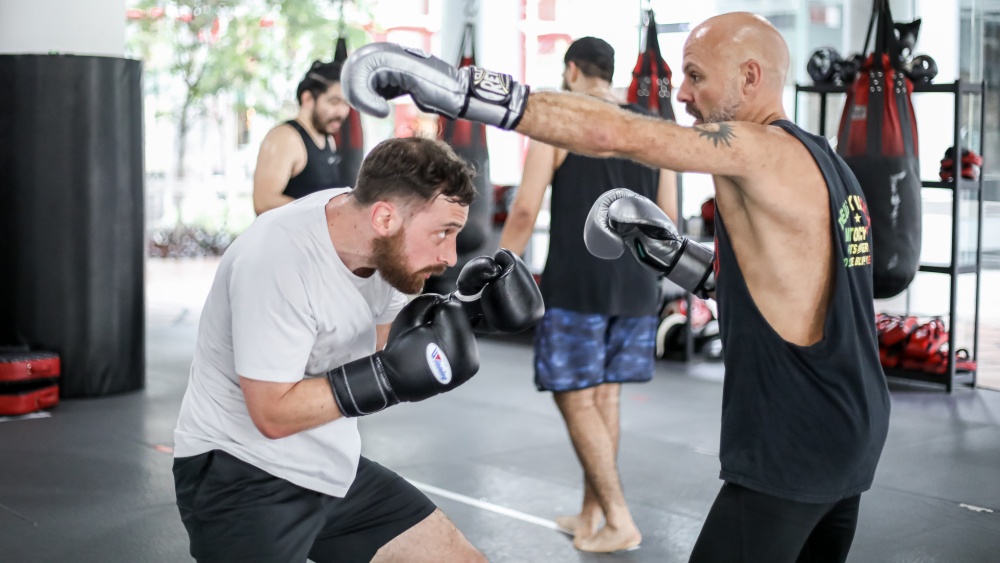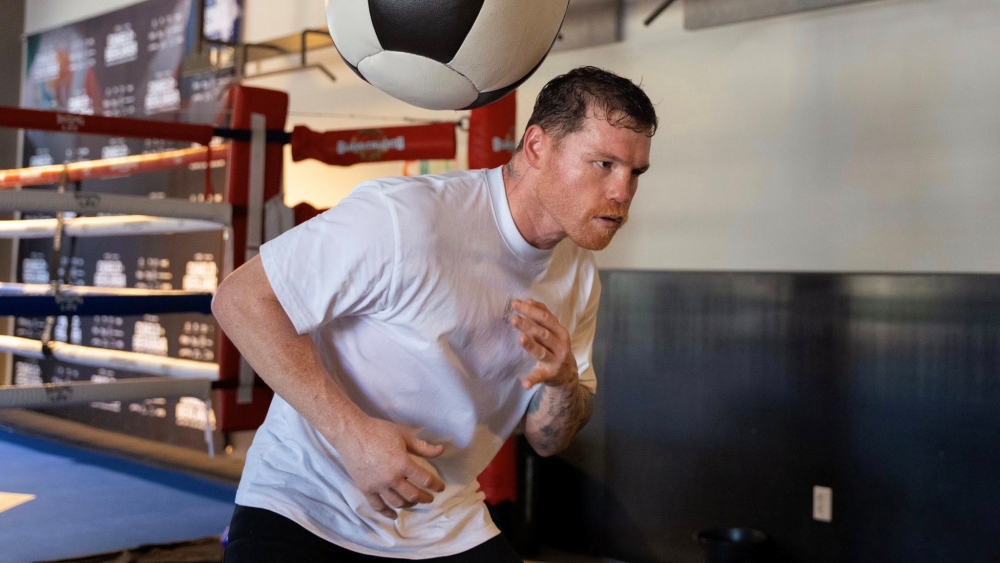In boxing, there are few punches quite as debilitating as a well-placed liver shot. The liver is an organ that sits on the right-hand side of the body, just underneath the floating ribs. It’s the largest gland organ in the body, and its job is to filter blood and create bile. In short, your liver works very hard around the clock, is partially protected by the ribs, and it does not like being punched.
At times in the sport of boxing, you might see fighters pummeling the life out of each other, when, out of nowhere, one of them takes a hit to the body and falls down on one knee. A look of extreme agony generally indicates that they’ve been hit in the liver. When landed properly, the liver shot will create extreme fatigue and loss of breath. It is capable of stopping even the toughest of fighters in their tracks.
A great tool, yes, but the problem is that the liver shot is a tricky punch to land as it requires you to be at such close range. Several of history’s great inside fighters were known for brutal liver punches, but many also paid the price of taking too many knocks whilst trying to close the gap. Ultimately, the only way to land a liver shot safely and effectively is with a setup, but, before that, you need to know the right punches to throw to get into the zone.
Shovel Hooks
A shovel hook is one of boxing’s unusual punches which looks like a cross between a regular hook and an uppercut. To land it, you must be at close range with your feet firmly planted, and the punch coming with a slight upwards tilt. This tilt enables you to get underneath your opponents’ ribcage to the soft squishy organ. When done correctly, it’s an extremely powerful punch that utilizes the power and momentum of your arms, legs, and hips.
Feints
Before working on setups, get into the habit of throwing lots of feints, especially ones that look like you’re about to throw a shot to the face. Throwing frequent feints is a great way to gauge your opponents’ reaction to see how they deal with incoming shots. Some people like to block or parry, others like to slip or duck, some people prefer to just use their footwork and step away.
Whatever the case, you can work out your setup based on how they respond. If they prefer to block you can go under their guard, and if they like to slip they’re doing half of your job for you by closing the gap. If they prefer to escape with footwork, you can cut off the ring and force them onto the ropes. From here, you can use more feints to kid your opponent into protecting their face, creating an opening for you to land a nice shovel hook to the liver.
Slipping
If you trust your reflexes enough, you can slip your opponents’ shots to get close enough to go to the body. This method relies on your reaction speed, so it’s a sensible idea to draw your opponent into throwing the shot. You can do this by leaning your head forward over your front foot so you appear closer than you are, and by jabbing the opponents’ gloves to try to provoke a response.
This tactic is safer than relying on your reflexes and also makes you appear to be more in control of the pace. Ideally, you want to slip your opponents’ cross so that you are parallel to them with a slight bend in your knees. From this position, you are loaded up to pivot from your front foot to land a hook behind their elbow. Watch the boxing match between Gerald McClellan and Jay Bell for an example of this in action, the whole fight lasts about 30 seconds.
Setups
The safest way to get close is to set the punch up in advance is with a combination aimed at distracting your opponent. If you try to go straight in without a setup, you will likely run into a punch. The following setups have been kept simple to make them easier to remember, any more than two or three punches and you may end up confusing yourself. The opening shots serve more of a distraction and don’t always require lots of power.
- Left Jab, Shovel Hook
A Micky Ward classic. The jab serves only as a distraction to cause your opponent to shell up. From this position, you can lower your left hand and smash their liver, making sure to roll out or step away from their big hand. If they’re hurt, jump on them and finish the job. When throwing the jab, be sure to aim for the top part of their head to bring their guard up as high as possible, then step through with your lead foot.
- High Left Hook, Shovel Hook
Best used when somebody is against the ropes, a hard left hook will almost always cause your opponent to cover up their head. This creates a perfect opening for the liver shot. Drive power from your waist and bring the shovel hook around in a looping motion, aiming for the area below his elbow.
- Right Hook, Shovel Hook
This one is trickier to pull off as you are wide open when throwing both punches, but when it lands its power is devastating. The right hook will bring your opponent’s attention to his left side, allowing you to use the momentum of your first punch to add to your swing. Swinging your hips as you come back the other way will generate added momentum to the shovel hook.
- Jab, Right Cross, Shovel Hook
The jab and the right cross will not only draw your opponent’s guard up but will also allow you to close the gap by stepping through with your left foot. Dip low with your lead leg to generate maximum power and twist in with the hook. Multiple-time Boxing World Champion Ricky ‘The Hitman’ Hatton used this combo to great effect in many of his fights.
Putting it All Together

Keep in mind that liver shots require good timing and lots of practice to master. These setups won’t just come automatically on fight night, they must be practiced over and over again, preferably on a curved punch so you can really dig the punch in. If possible, get a training partner on the mitts and practice setups and counters with him.
Choose a different setup each week until they become firmly drilled into your muscle memory, from there you can put them to the test in sparring. Eventually, they will become second nature, and your opponents will learn about them the hard way.
Oh, and always remember to keep your chin tucked in at all times.
You may also like:
















